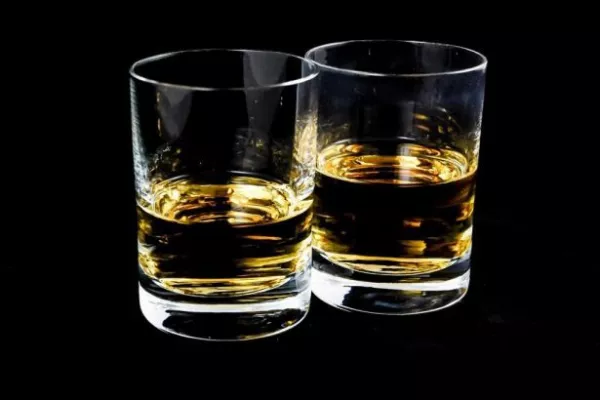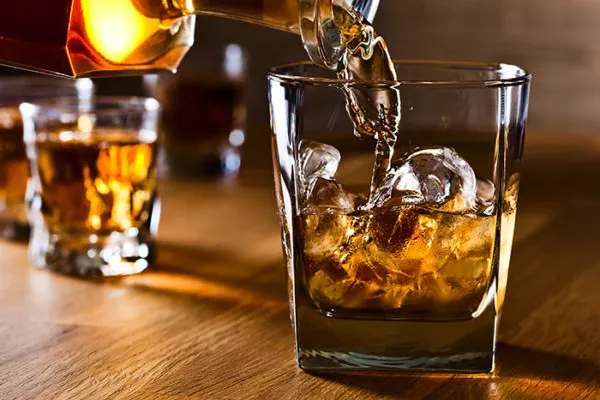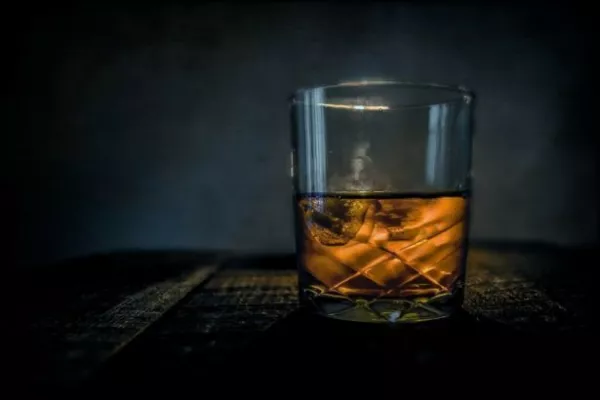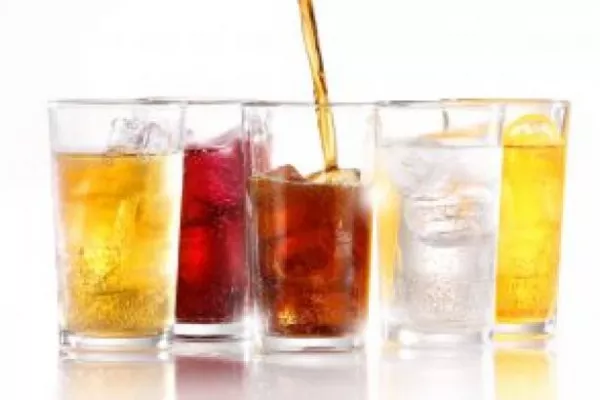Pity the caipirinha.
The humble three-ingredient cocktail has had a lot on its plate. Not only must the lime-and-sugar bomb stand as Brazil’s national drink—a boozy emissary to the world for 200 million people—but for the past 10 years or so, it’s been the lone champion of the sad cachaça bandwagon.
Despite the caipirinha’s best intentions, cachaça just doesn’t seem to catch on.
It’s grassy, citrusy, bold, if you’re being nice. Funky, swampy firewater, if your palate says não. A relative of rum distilled from raw sugarcane juice instead of molasses, cachaça (ka-SHA-sa) turned out to be as hard for the U.S. market to love as it is to pronounce.
“It has a lot more body than a lot of people are used to,” explained Gates Otsuji, regional Chef de Bar for the Standard Hotels in New York, during a cocktail tasting. “Spirits like vodka and gin have a more streamlined flavor, and cachaça really has ‘texture’ to it.”
Though, finally, it looks like the fetch of the booze world may be happening.
The one-two punch of the 2014 World Cup and current Rio Olympics has kept it on the global radar. Meanwhile, consumer tastes have gotten more adventurous in the embrace of all things “artisanal” and “authentic.”
First ProfitsLeblon, the No.1 cachaça brand in the U.S., posted its first profit a year and half ago, after 11 hard years of carving out a premium market from practically nothing. Bacardi acquired the brand for an undisclosed amount in July 2015.
“It’s a long incremental haul—a classic 10- to 15-percent growth business,” said Steve Luttmann, founder and chief executive of Leblon, during an interview at Tales of the Cocktail, an annual cocktail conference held in New Orleans. “New country. New category. New drink. Now it’s a 100,000 case [1.2 million bottle] category.” It wasn’t even recognized as a distinct class of spirit by U.S. importers until 2013, when Leblon spearheaded an industry movement.
Industrial StillsIf consumers had encountered it in, say, a churrascaria (Brazilian steakhouse) or while traveling, it was likely with the mass-produced industrial varieties Pitú or Cachaça 51. Luttmann calls those the Brazilian equivalent of Georgi vodka; in other words, “crap.”
“Cachaça lost its way for a long time,” said Luttmann. “It was associated with everything that was wrong with Brazil, with poverty.” The wealthy turned outward to vodka and whiskey, anything not Brazilian. But, he adds, a new generation is once again embracing the local.
It’s the third most-consumed spirit in the world, after vodka and soju. With more than 5,000 micro-distillers in Brazil alone, cachaça is a spirit tailor-made for Generation Craft. And like the most sought-after craft micro-brews, the good stuff requires dedication to track down: only 1 percent of bottlings ever make it out of the country.
“One of the great things about cachaça is that each kind is different. There's no one definable flavor,” said the Standard’s Otsuji.
Production RulesIn terms of government regulation that define the spirit, cachaça must have an alcohol content of 38 percent to 48 percent. Otherwise, it's "pretty much the Wild West," said Otsuji. "It’s got to be Brazilian. It’s got to be made from sugarcane juice, fresh pressed. You can age it in any kind of wood for as long as you want. Or keep it un-aged."
And it can be made anywhere in Brazil, so terroir is a big factor. “There's just so much diversity, it really represents the culture that it comes from,” said Otsuji.
On the flip side, for bartenders and bar owners, this massive diversity can be a challenge, which may explain its slow acceptance.
“It can be a little intimidating when you think every bottle will be different,” explained Otsuji. “You won’t find one bottle that will handle any flavor you want to throw at it, but that’s kind of what we got used to working with gin.”
How to Mix ItOtsuji characterizes the French oak-matured Leblon as clean and citrusy, herby basil and oregano over lime, and barely a hint of burnt sugar. Another brand, aged in native Brazilian amburana wood, presents rich cinnamon and vanilla tones.
Since cachaça has its own flavor and texture, Otsuji cautions that whatever you use to mix it must also have enough body and texture on its own to hold up and complement it: red grape, mango, and pineapple, for instance, flavors that have a lot of heft to them.
“Lime is a rather thin flavor—it’s the sugar you’re adding to it that gives it the body,” he explained of caipirinha, which is why bartenders mixing with cheaper cachaças pile it on.
Market GrowthAccording to beverage market analysts IWSR, 73.5 million cases of cachaça were consumed in Brazil in 2015, with an uptick of about 15 percent in the premium sector over the past five years. The U.S. market grew from 64,000 cases in 2011 to 88,000 cases in 2015, starting from just 4,000 cases (48,000 bottles) in 2004.
“We’re now entering a time that consumers are ready for flavor,” said Peter Nevenglosky, co-founder of Avuá Cachaça, from his New York office. They’re ready to embrace cachaça’s herbaceous funk in subtler ways and shed the flavor-masking sugar-hangovers of the caipirinha. “People are bored with the idea of taking it there.”
Avuá’s strategy cribs a page from Scotch: numbered limited-release batches tied to specific cane fields and growing seasons, aged in one of Brazil’s 28 different hardwoods such as amburana and tapinhoã. Competitor Novo Fogo takes a similar tact with single-barrel oak releases and a dual-cask Tanager expression finished in Brazilian zebrawood; tropical fruit, cinnamon bark, and holiday spice notes follow.
Leblon, for its part, has a two-year-aged Reserva Especial with wisps of honey and caramel.
Craft StrategyThese are sipping cachaças equally at home at a top shelf cocktail bar. Nevenglosky’s favorite drink: amburana-barreled neat, with a light saison beer on the side, or mixed into an old fashioned with a dash of orange bitters.
This craft strategy is one he readily admits wouldn’t have been possible 10 years ago, before Leblon blazed the trail. Or before the current tiki resurgence shone a light on sugarcane spirits beyond Bacardi and Captain Morgan, like similarly earthy Rhum Agricole from Martinique. Or the work of other challenging spirits broadened consumer curiosity. Or before the World Cup and the Olympics bump—which led him to surpass last year's sales by this July.
In other words: If cachaça can’t break out now, maybe it never will.
“If I look at mezcal and Del Maguey getting the category to where it is, that’s the inspiration I see cachaça going,” said Nevenglosky.









